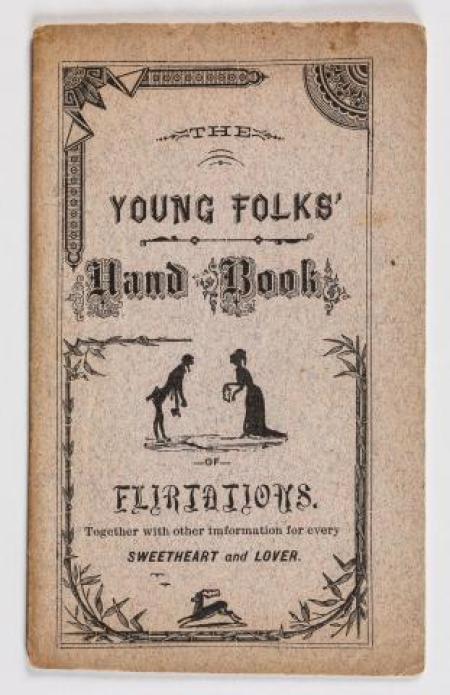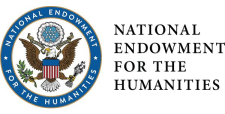
The writings of nineteenth-century children reveal lively imaginations and inquisitive minds, as young writers recorded their daily lives, wrote stories and poetry, expressed their beliefs and values, and commented on serious issues of the day. Thanks to a National Endowment for the Humanities grant, AAS has digitized and made publicly available hundreds of texts authored by American children that are in its collection.
In the 1800s, children were creating weekly or monthly manuscript periodicals that contained articles on race and politics, as well as poetry and artwork written by their peers. They were keeping diaries about everyday life in their neighborhoods and schools, and they were printing amateur books on tabletop presses and selling them via national networks of teenage publishers and distributors.
For example:
- In 1866, twelve boys and girls wrote short stories, jokes, and poetry for a small newspaper, called The Monthly, likely from New York State. About three inches square, the handwritten booklet also included illustrations and advertisements the children created.
- The Flower, a handwritten newspaper from Smithfield, Rhode Island, in 1836 contains an undated article, "Morals of the Westward South,” that discusses the spread of slavery with such commentary as “And what is the reason of the bad state of Morals in the South? Slavery for one!”
- In 1882, seventeen-year-old James Niblack wrote about the complex world of flirtation and courtship—providing instructions on “how to kiss deliciously”—in his book, The Young Folks’ Hand Book of Flirtations, published in Rockport, Indiana.
Historic Children’s Voices is significant because the objects to be digitized are not works created by adults for children, but rather were written by children. As such, they form an archive not previously accessible. While literature for children is cataloged and retrievable, writings by children—a major population group—have not been described as such. They are difficult to find in archives, in part because diarists’ ages are rarely included in the descriptions.
During preparation for the Historic Children’s Voices project, AAS staff and advisors examined and discussed the missing voices and lack of diversity among the children represented.
This new primary sources digital library will provide an important window into how young people in the nineteenth century experienced daily life, as well as the cultural issues and changes at that time, and serve to enlighten and inspire future generations.
Summary of Included Materials
More than 12,000 pages have been digitized:
• More than 100 newspaper titles
• Poems and diaries of 26 children
• More than 130 printed books and pamphlets from the children's literature collection
Advisory Committees
NCTE: National Council of Teachers of English
- Emily Kirkpatrick, executive director of NCTE
- Jon Reigelman, project coordinator for NCTE
- Allison Bass-Riccio
- Mary Ann Cappiello
- Julia Gordon
- Xenia Hadjioannou
- Terry House
- Nakia Navarro
- Traci Vecchiarello
Worcester Public School Educators
- Colleen Kelly, History and Social Science/ Library Liaison. Office of Curriculum and Professional Learning, Worcester Public Schools
- Heather Bagdoian
- Danielle Cappellucci
- Victoria Gibbs
- Shannon Holleran
- Sarina Lapin

The Historic Children's Voices project has been made possible in part by a major grant from the National Endowment for the Humanities: Democracy demands wisdom.